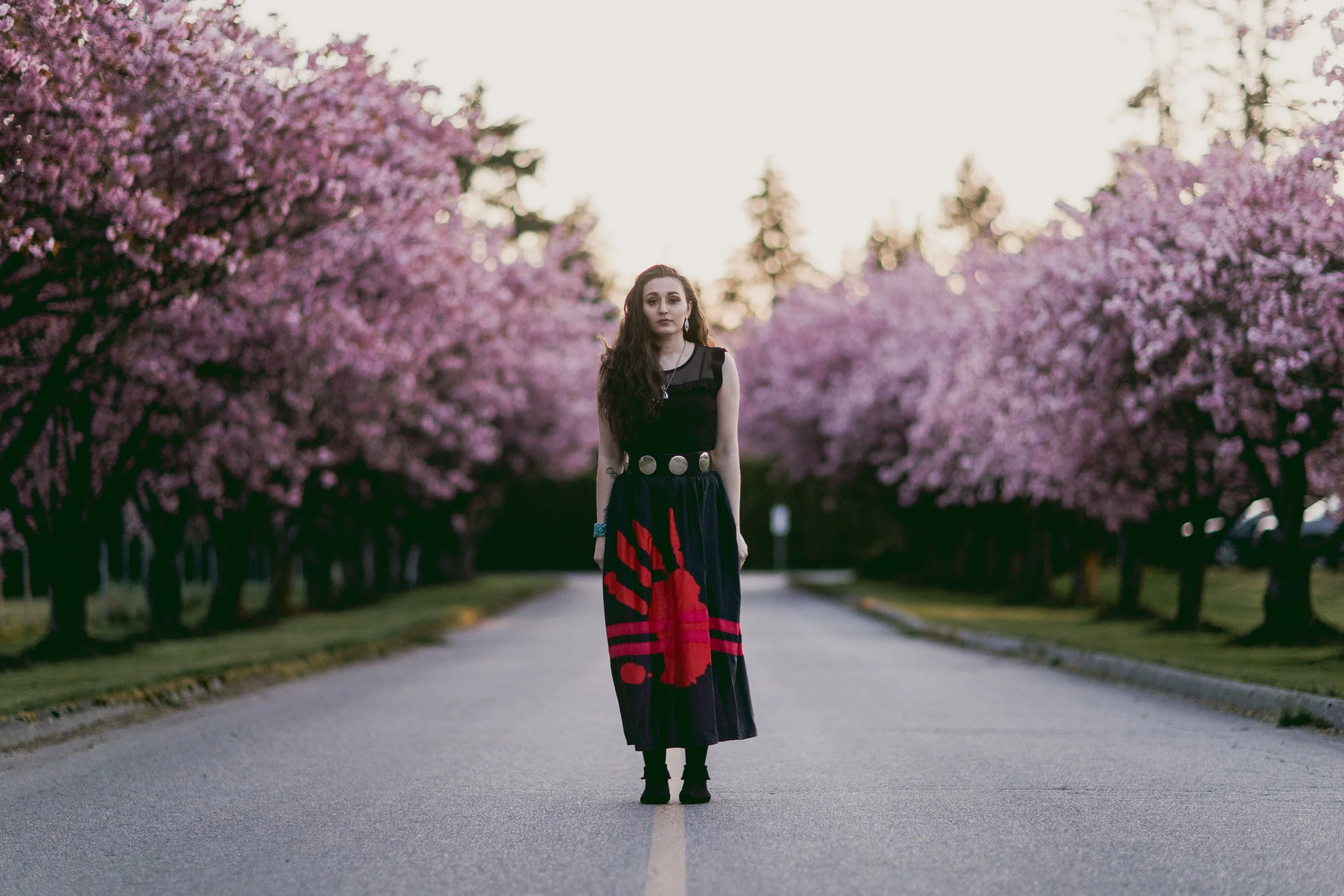Choose one thing to read, watch, listen to, do, or engage with today. Try to mix it up each day between the categories!
READ
How does Intersectionality Relate to Indigenous and Western Linking Frameworks? A definition of intersectionality and a description of how an intersectional analysis can help build common ground between Indigenous and Western worldviews. Canadian Research Institute for the Advancement of Women
Intersectionality 101: what is it and why is it important? To eliminate violence against all women and girls we have to address how violence differs between groups of women, because the violence women and girls experience isn’t just based on their gender. by Bridie Taylor Womankind Worldwide (2019)
Women’s History Month Profiles: Audre Lorde spearheaded intersectionality While the term was popularized by Kimberlé Crenshaw in 2016, the phenomenon had been widely observed and discussed by artists and writers for decades. Will LaMarche Technician (2024)
Native Identities and Intersectionality Native people face different forms of oppression based on identities that intersect. Some of these identities include but are not limited to gender, sex, being a colonized people, race, age, nationality, religious beliefs, citizenship status, literacy, class, ability, and sexuality. by Kayla Freeland Wiki/PBWorks document (2017)
The United Nations and Indigenous persons with disabilities Indigenous persons with disabilities often experience multiple discriminations. The international community has recognized that special measures are required to protect the rights of the world's indigenous peoples. United Nations Department of Economic and Social Affairs
WATCH
#RaceAnd Native women are often left out of the conversation about race. Judith Leblanc shares her intersections of race, gender, and tribal sovereignty interact and inform one another. Race Forward (2016) 4 minutes T CC
The urgency of intersectionality Kimberlé Crenshaw’s landmark TED Talk that helps millions understand the importance of using an intersectional lens when seeking to understand patterns of discrimination in a given population. TEDWomen (2016) 20 minutes T
Intersectional Environmentalist author Leah Thomas Eco-communicator Leah Thomas, talks about her book “The Intersectional Environmentalist: How to Dismantle Systems of Oppression to Protect People + Planet” How To Be... Books Podcast with Suswati Basu (2023) 20 minutes T CC
The Intersectional History of Environmentalism This project illuminates the diverse histories within the environmental movement that are often overlooked, watered-down, or entirely erased. Intersectional Environmentalist (2021) 15 minutes T CC
Jane Goodall: Celebrating 90 Environmental icon Jane Goodall reflects on her life’s work and offers a look forward to how we can heal our relationship with nature by better understanding ourselves. Goodall now focuses on three intertwined crises: biodiversity loss, climate change and environmental inequity. Climate One (2024) 64 minutes T CC
The Truth about the Buffalo Soldiers Buffalo soldiers were African American soldiers who served on the western frontier after the American Civil War. Their main objective was to help control Native Americans in the plains and protect settlers. Grunge (2020) 16 minutes T CC
LISTEN
Indigenous and Queer Intersectionality with Devery Jacobs Actress Devry (Mohawk) podcast host Rebecca Black talk about queerness past and present. Listen for the many intersections: e.g. age, race, religion. Can also be viewed. Exes & O’s Podcast (2024) 70 minutes T CC
Black Native History with Dr. Tiya Miles Features an interview with Harvard professor Tiya Miles. Professor Miles is a scholar, historian, and writer whose work explores the intersections of African American, Native American and women’s histories. All My Relations (2022) 50 minutes
BRING IT HOME
Cheyenne Two-Feathers standing in a road in Vancouver, BC, as a multi-racial person fighting for social justice, 2023 (photo by Rachel Barkman)
DO
Make a list of your own identities. Include race, class, gender, ethnicity/ies, sexual orientation, religion, family status, and any other identities that have shaped how you see the world and how the world sees you.
Change just one or two of the identities and imagine how different your life experience would be.
Check out the identity model on page 36 to help you with this exercise.
EXPLORE & REFLECT
Imagine two fourth grade students. Both are severely hearing impaired. One is white; one is Indigenous. Though the school is skilled in educating children with hearing loss, they are unaware of how Indigenous identity impacts learning. Reflect on how the normalization of white identity and the lack of Indigenous representation or understanding impacts both children.
21-Day Questions
What stereotypes may be getting reinforced?
What benefits will the white child have that the Indigenous child will not?
Check out this video comparing ASL and Native Sign Language
T Transcript Available
CC Closed Captions Available

